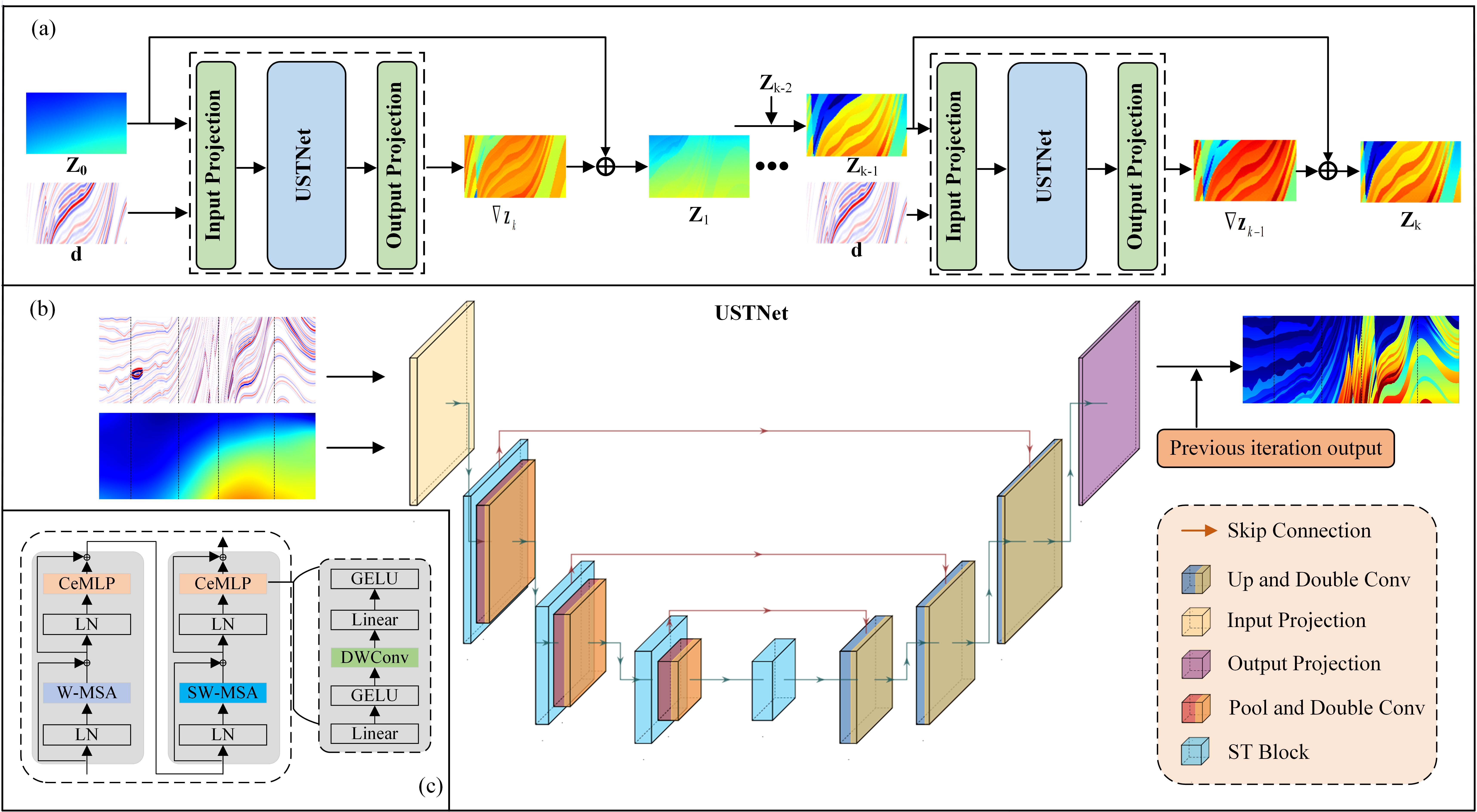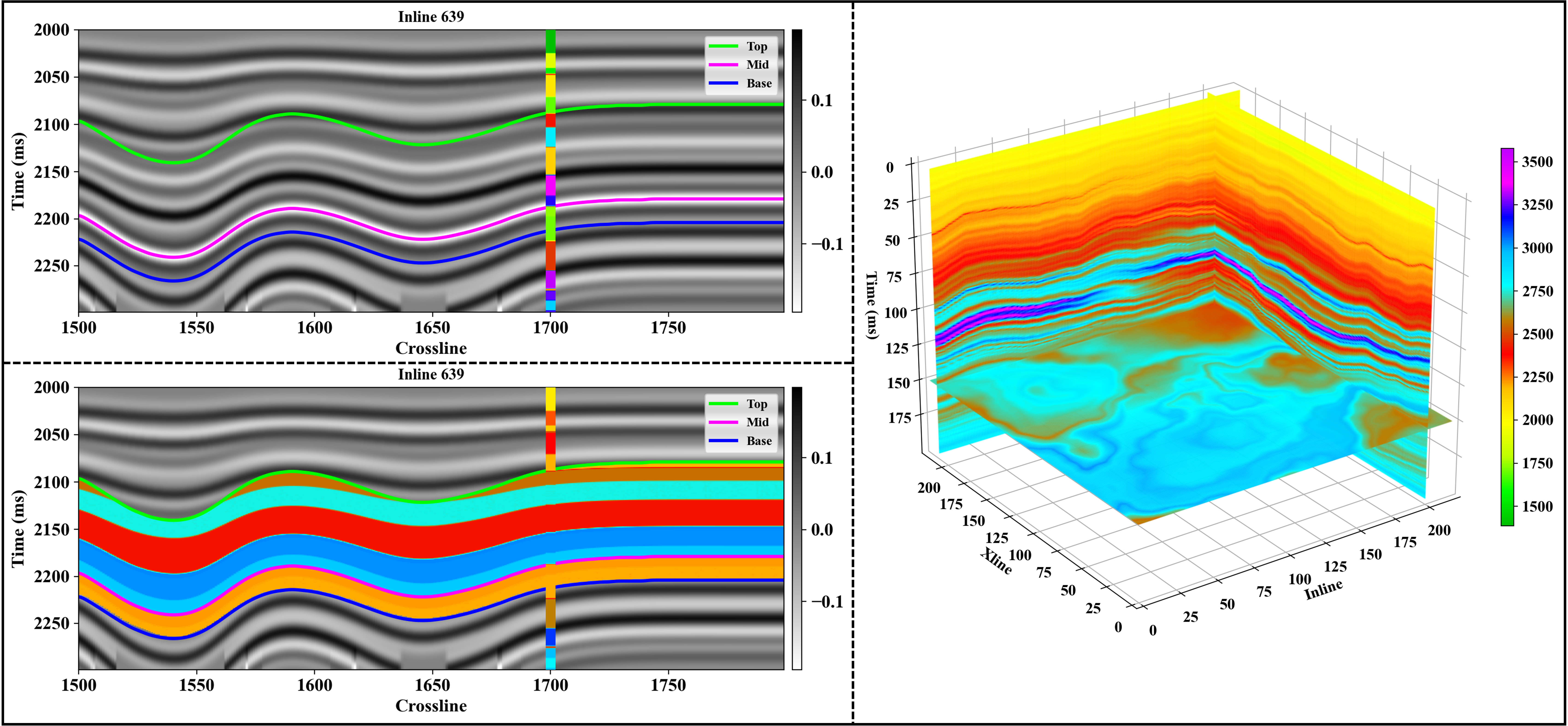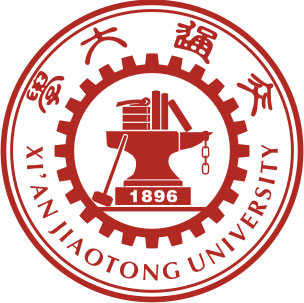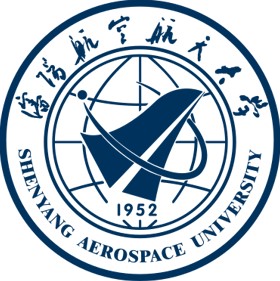😺 About Me
Hi, I’m Qi Pang, a third-year Master’s student at Xi’an Jiaotong University, where I am fortunate to be supervised by Prof. Jinghuai Gao. Prior to this, I received my Bachelor’s degree from Shenyang Aerospace University.
I am passionate about solving seismic inverse problems, with a particular focus on leveraging machine learning techniques. In parallel, I have a strong interest in geological modeling, where physics-based simulations enable the construction of realistic synthetic data.
🚀 I am currently seeking Ph.D. opportunities starting in Fall 2026, and I am always open to academic collaborations that intersect with my research interests.
Topics I’m Excited About:
-
Seismic inversion guided by multi-source information
(e.g., using physics-informed machine learning methods, diffusion models) -
Geological modeling with realistic priors
(e.g., geostatistical simulation methods and diffusion models) -
Subsurface geoscience with large foundation models
(grounded in geophysical principles)
If you are working on similar problems or believe my background could contribute to your group or project, I would love to hear from you. Please feel free to contact me at: 📧 pangjiutian@gmail.com
📝 Publications
Current Research Topics: Geological Modeling/Diffusion Model/Petrophysical Inversion
With the rapid progress of machine learning, high-quality training data has become essential. Yet in geophysics, sensitive data and the lack of open datasets pose major challenges. This drives my research in geological modeling, aiming to create realistic subsurface representations as priors and synthetic training data. My research extends from numerical simulation to generative AI, seeking to create diverse and realistic datasets that can support a wide range of geophysical applications.
🛠 Ongoing research(some progress below)

Previous Research Topics: Seismic Impedance Inversion/Transformer/CNN
My research journey began during my Master’s studies, focusing on seismic impedance inversion. Over time, my work progressed from TV to more adaptive structural constraints, from 1D to 2D inversion with improved lateral continuity, and from traditional model-driven approaches to deep learning methods with stronger nonlinear representation capabilities—ranging from CNNs to globally-aware Transformers. These experiences not only deepened my understanding of inverse problems but also fueled my motivation to further explore the underlying methodologies.

💻 Research Experience

Seisvis - Seismic Data Visualization Library
A simple and easy-to-use Python library for seismic data visualization, designed for geophysicists and seismic data analysts.
📖 Educations


📄 CV
🎮 Hobbies
When I’m not coding or running simulations, I like to relax (or compete!) through games and sports:
- 🪓 Don’t Starve Together – 1000+ hours in the wilderness (and I love eating Meatballs!)
- ⚔️ League of Legends – Chill ARAM grinder / tryhard Top & Jungle main
- 🏓 Table Tennis – Big fan of ping pong! Always up for a quick match
- 🎲 Also enjoy co-op survival, strategy games, and quirky indie titles
Let’s play sometime!
🎮 Steam Friend Code: 1034585311


